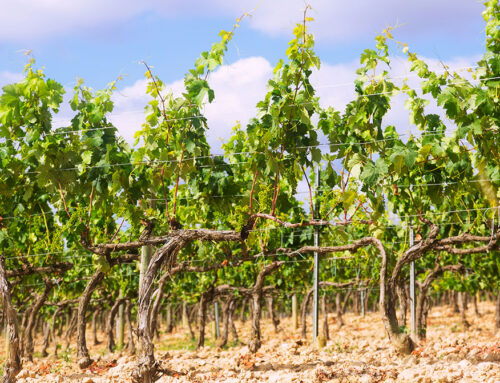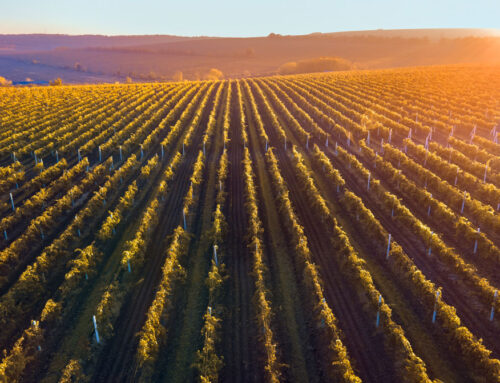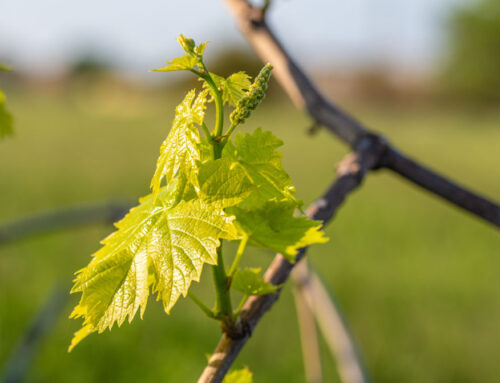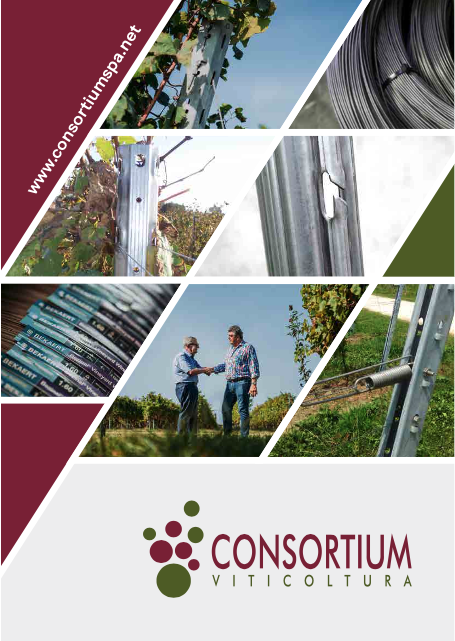As a first general consideration, it should first be recalled once again how the choice of breeding form, as evidenced by numerous scientific findings, cannot disregard environmental characteristics (terroir) and, more specifically, canopy management must necessarily consider seasonal climatic variations.
In this logic, one could then propose an absolutely general method of schematic approach to breeding systems according to different pedo-climatic conditions.
Certainly a useful contribution to the simplification of the problem has been proposed by Jackson & Lombard (1993) where the world's viticultural zones, depending on the climatic conditions of the berry ripening period, have been grouped for convenience into two large types: "Alpha" and "Beta" zones.
According to this definition, in "Alpha" areas ripening occurs with night temperatures even below 10° C and average daytime temperatures are below 15° C. In our country, such conditions can occur in the cool viticultural areas of northern Italy, at least for medium-early varieties, but also in the south with late cultivars. Conversely, "Beta" areas are characterized by night temperatures almost never below 15° C and daytime temperatures even above 30° C; these are the conditions of hot climates, with low rainfall and high water deficit.
Bertamini & Mattivi (1999) based on these methodological studies, proposed a schematic approach to the optimal breeding form to be adopted in the 2 types.
In "Alpha" areas with cool climates, the choice of breeding form should be directed toward the massification of solar uptake in the cluster area, coupled with appropriate canopy manipulation techniques.
According to the authors, an east-west orientation of the rows should be favored in these environments, which in late autumn allows excellent light interception in the central hours of the day. Moreover, in such situations, defoliation of the cluster area aimed at decreasing possible shade damage may be favorable, with positive effects in terms of synthesis of aroma precursors and polyphenolic substances.
Conversely, usually these cool environments are characterized by excessive water supply, an aspect that is certainly limiting anthocyanin syntheses; for these reasons, viticultural settlements should be carefully placed in sites that allow for rapid removal of excess water.
In contrast, in warm "Beta" climates, vine training forms should be adopted that conveniently reduce the direct exposure of the cluster to solar radiation, especially during the hottest hours of the day.
For these purposes, forms of training that partially protect the bunches of grapes are to be preferred, associating a north-south row orientation and manipulations of the leaf mass oriented toward the most exposed areas of the rows. However, these practical indications should not overshadow the fundamental role exerted by light, as reported earlier, on polyphenol synthesis. Instead, the harmful effect of excessive temperature associated with direct radiation of the cluster area should be limited, which could cause not only sunburn damage but also reduced aromatic and phenolic synthesis. Prolonged water stress conditions should also be avoided as much as possible, which could also drastically penalize photo-synthetic activity and reduce leaf area.




